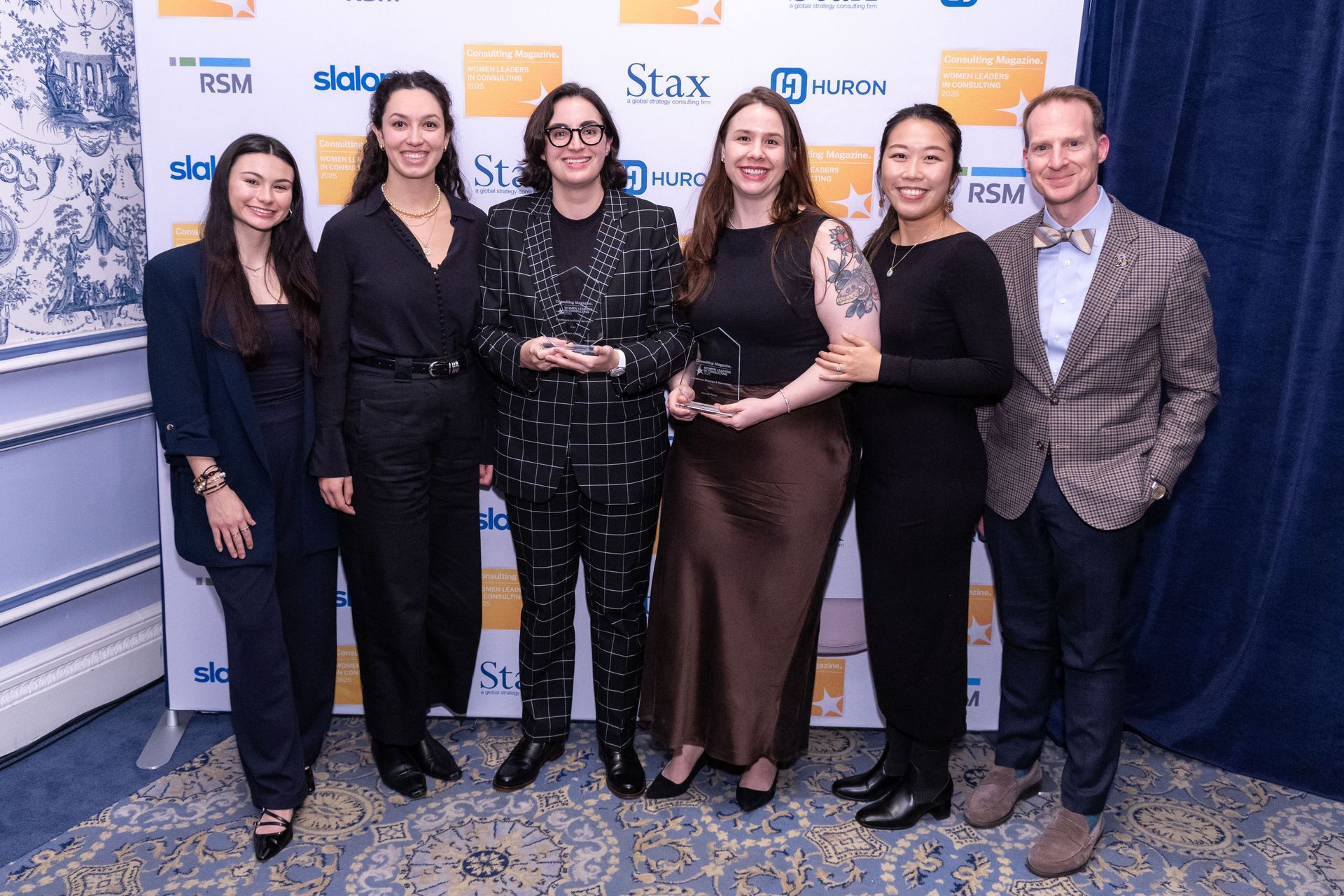Share
According to our research at Stax, 2/3 of the Fortune 200 are on non-profit boards and they average two non-profit boards. It isn’t just the billionaires signing a pledge, it’s senior leadership, all the way to millennials. We know that the faster we learn of opportunities to have impact, the faster we can put those to work. Here’s an area that has worked for me and others I know, seeking to have an outsized impact.
Overview
Most foundations and philanthropists invest their endowments focused solely on maximizing financial returns, in order to have more money to give away from the grant side of the foundation. The thinking is that more money earned = more to give away and this will deliver the best total impact and meet the goals of the philanthropist and foundation. This leads to solid, incremental increase in assets correlated to the investment cycle and risk appetite of the foundation’s chief investment officer.
Increasingly, large foundations and, major philanthropists and those who don’t have enough personal money to drive change at scale are seeking out and trying ways to get more scale and more impact faster for the dollars they can contribute. One way is by thinking more holistically about the investment side of the house and the grant making side of the house and bringing together the skills of investors and grant makers to get more of what you want, with what you have.
The IRS has ruled that a PRI—program related investment, allows a non-profit foundation to use grant money to invest in a for-profit social venture as long as the venture meets the philanthropic mission of the foundation, profits returned go back into the grant side of the foundation, and a few other technical specifications. The final investment documents can look quite similar to traditional investment documents, however with a combination of financial stipulations and requirements for confirming the mission is aligned with those of the foundation.
As an example, a foundation having programs focused on workforce development can invest from the grant side of the house, in a for-profit social venture such as Ultra Testing, because Ultra Testing hires people on the autism spectrum to provide software testing, a job for which many are uniquely talented. Ultra Testing raised money once in 2013, now employs more than 50 people for considerable part-time work, is profitable and many of those employed have never held steady work. The next time Ultra raises money will be to expand services and when it returns the capital to those who used a PRI to invest, the PRI investor will get funds re-deposited into the grant side of the foundation and can use that money to fund any future needs—whether a direct grant or another PRI.
Using PRIs and investing in social ventures as part of a philanthropic portfolio has multiple benefits.
- We encourage and create additional business models to deliver social benefit, that don’t require ongoing philanthropic funding.
- Where it works, you invest once in a social venture and get ongoing results, because once the venture reaches profitability, it no longer needs to raise philanthropic capital.
- We can bring more talent to the table, more social entrepreneurs who want to bring a high-need and better service offering to the market, and don’t want to live based on fund-raising from philanthropists.
- If the social venture delivers to your foundation’s needs in one area and continues to deliver, then your foundation can use its remaining resources to grant to those areas of need where grant making is the only solution for delivering the service needed or for the particular population.
- In aggregate, the results from social ventures reduce the demand on total philanthropic needs and free up philanthropic dollars to fund those areas where only a non-profit can provide to the need.
Using PRIs and investing in social ventures also has unique requirements.
- It takes some different thinking that requires both investor skills on how you want to evaluate a team and investment and the grant skills of how you quantify outcomes. Similarly, how you track progress over time.
- You need legal and accounting compliance that is different than traditional grants, and for which there is a well-established set of experts including accountants and lawyers.
- You need to conduct due diligence that is closer to commercial due diligence, in addition to the due diligence on mission alignment with your foundation—both of which are readily available resources.
- You need to be able to have a different kind of conversation with your board and grant making committee about doing this.
What’s are the biggest risks? Presuming that you’ve got the right legal and accounting advisors, the biggest risk is that you lose the investment and don’t get the foundation’s money back. Depending on what services the social venture delivered with the funding you granted, this can be compared to the services that would have been delivered with a straight grant—which by definition would have been depleted over time.
Social ventures, like those developed by Stax’s DevCorp, include companies like Benestream, developed with the Ford Foundation, is helping low wage workers receive healthcare benefits at their place of work and Edco, which helps public high schools raise money through an online platform that replaces costly and unhealthy product sales.
As with traditional investments, investors have performance metrics they want to track to see the progress of their investment. But what’s the real measure? Take a look at any of these social ventures and see the outcomes for the people they serve. See more people with jobs who wouldn’t have them, healthcare they might not get, funds in the places they need. When you see what’s happening and who is benefiting for the dollars invested, you’ll certainly ask, “How do I make more of this happen? And program related investments—are one powerful way.so
Read More






